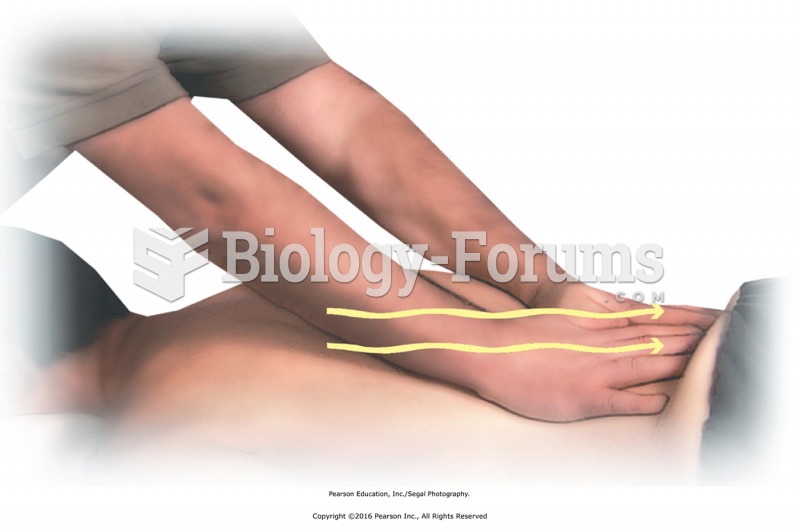|
|
|
Hyperthyroidism leads to an increased rate of metabolism and affects about 1% of women but only 0.1% of men. For most people, this increased metabolic rate causes the thyroid gland to become enlarged (known as a goiter).
In most cases, kidneys can recover from almost complete loss of function, such as in acute kidney (renal) failure.
According to the Migraine Research Foundation, migraines are the third most prevalent illness in the world. Women are most affected (18%), followed by children of both sexes (10%), and men (6%).
The effects of organophosphate poisoning are referred to by using the abbreviations “SLUD” or “SLUDGE,” It stands for: salivation, lacrimation, urination, defecation, GI upset, and emesis.
There are major differences in the metabolism of morphine and the illegal drug heroin. Morphine mostly produces its CNS effects through m-receptors, and at k- and d-receptors. Heroin has a slight affinity for opiate receptors. Most of its actions are due to metabolism to active metabolites (6-acetylmorphine, morphine, and morphine-6-glucuronide).
 Older people who experienced stressful events in their younger years may show personal growth and ...
Older people who experienced stressful events in their younger years may show personal growth and ...
 Facing the table, place one hand on the thigh and the other on the lower leg. Gently rock the leg ...
Facing the table, place one hand on the thigh and the other on the lower leg. Gently rock the leg ...
 Apply L stroke under the mandible. Place your middle and ring fingers under the tip of the chin; ...
Apply L stroke under the mandible. Place your middle and ring fingers under the tip of the chin; ...




